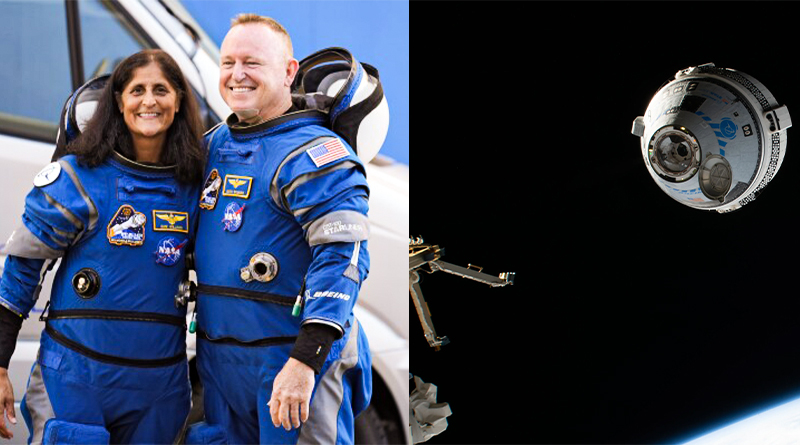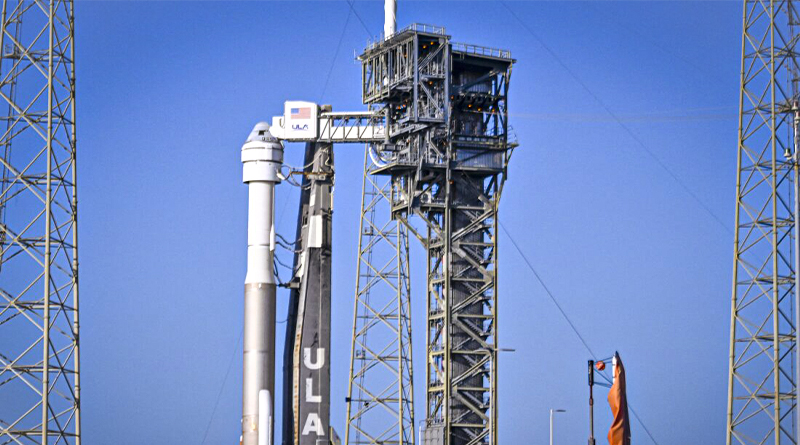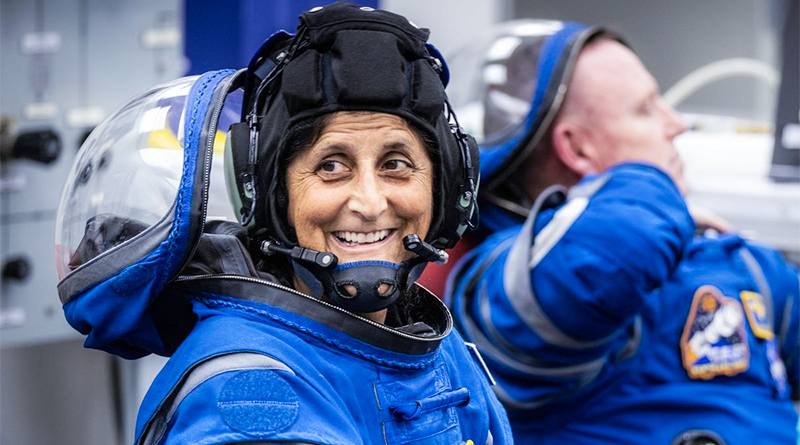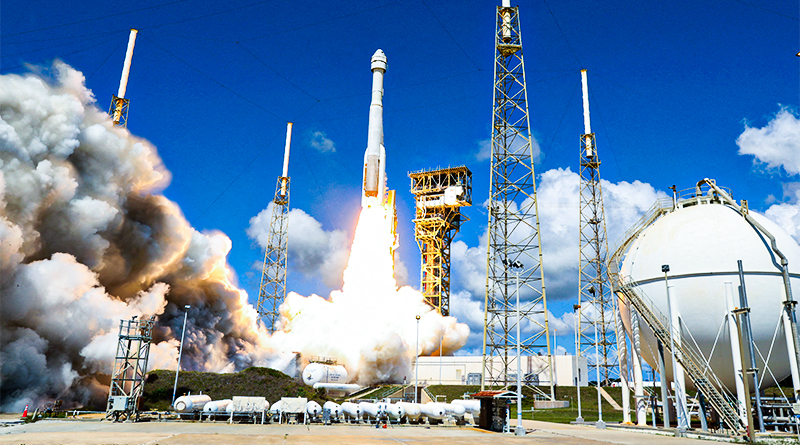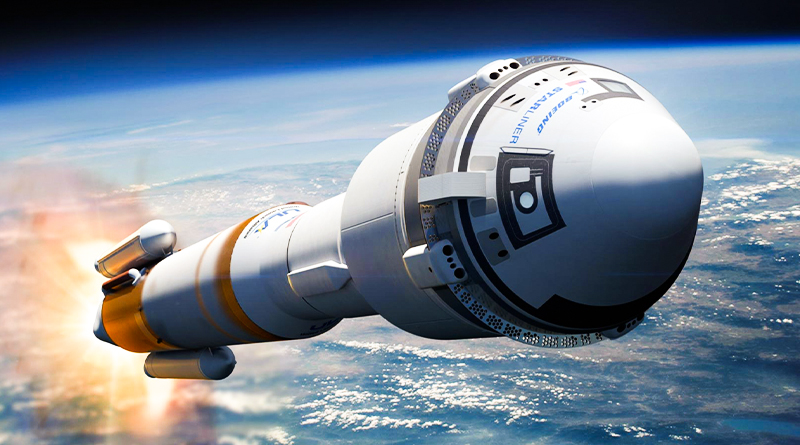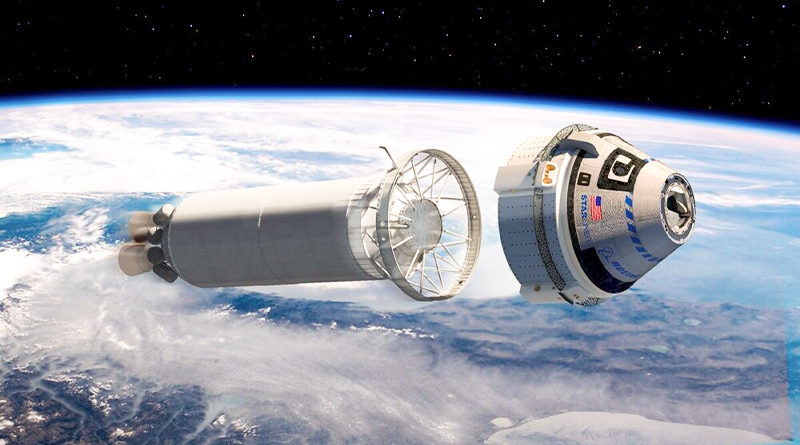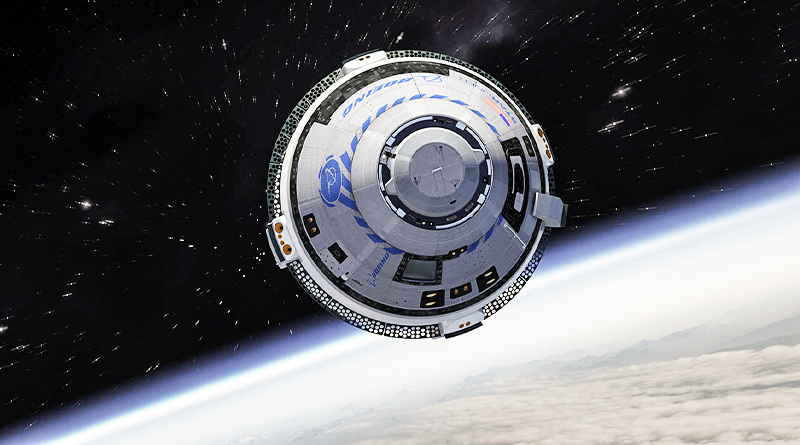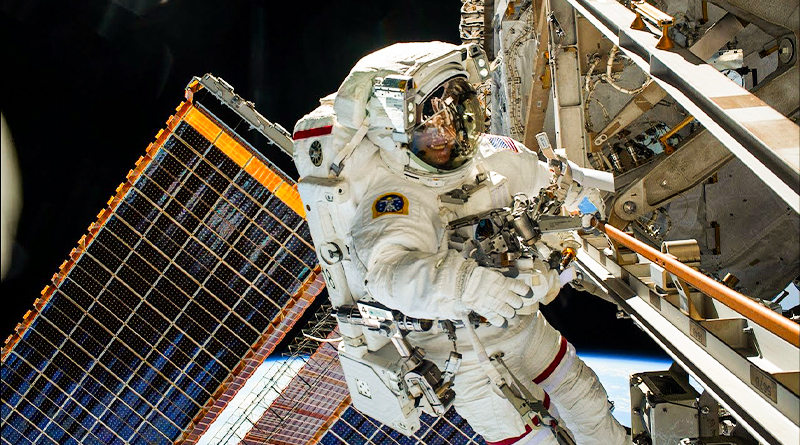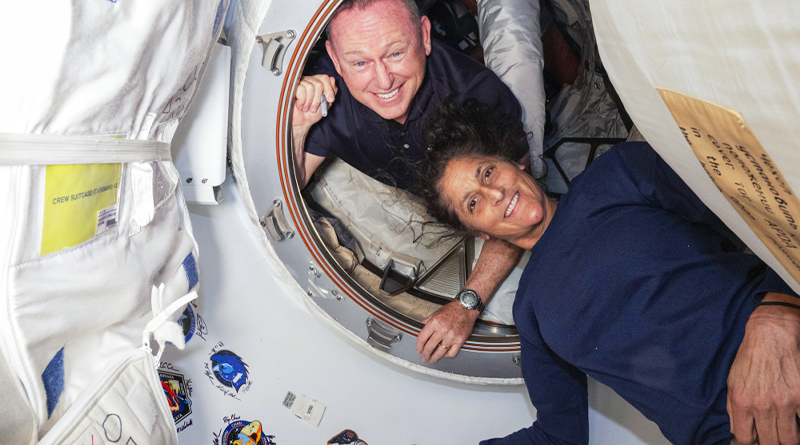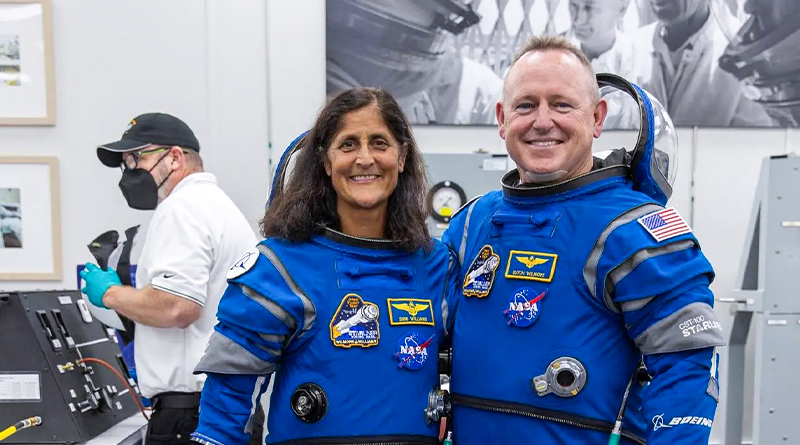7 Years Behind Schedule, Boeing’s Starliner to Make Its First Crewed Flight
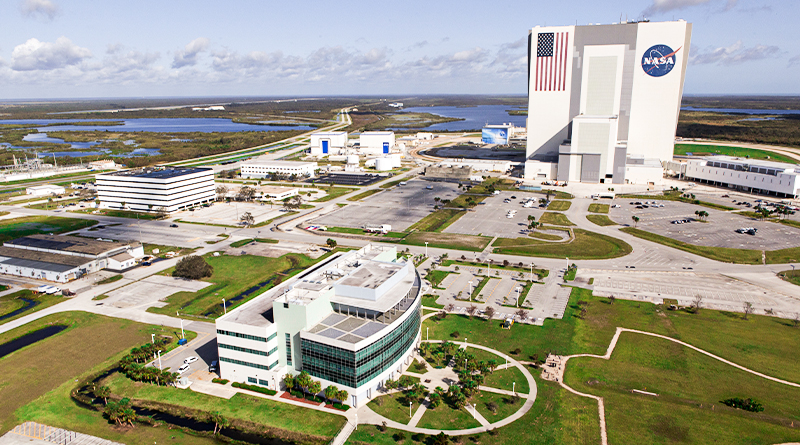
In 2010, NASA began the Commercial Crew program to encourage the private companies to develop their spacecraft to carry astronauts into space after the retirement of the space shuttle in 201. SpaceX, with Dragon, and Boeing, with the CST-100 Starliner were ultimately chosen in 2014. 7 years behind the schedule, Boeing’s Starliner is about to make its first crewed flight. Boeing Crew Flight Test launched on 5 June 2024, the mission flew a crew of two NASA astronauts, Barry E. Wilmore and Sunita Williams, from Cape Canaveral Space Force Station to the International Space Station.
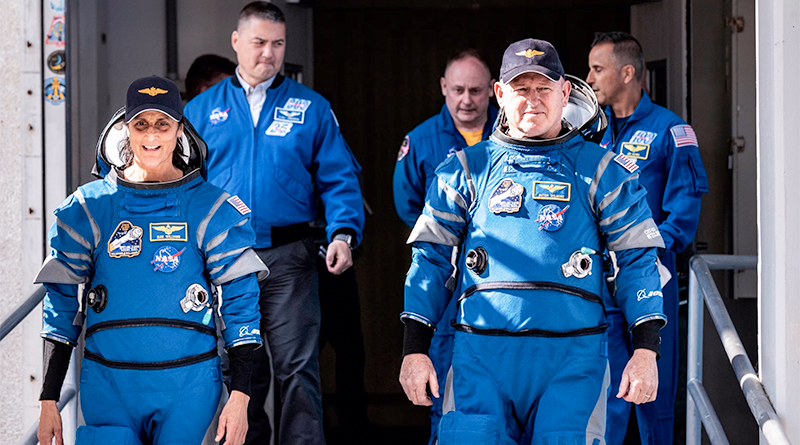
The mission was meant for eight days staying, ending on 14 June with a landing in the American Southwest. However, Starliner’s thrusters malfunctioned as it approached to the ISS. More than two months of the investigation, NASA decided it was too risky to return Wilmore and Williams to Earth aboard Starliner. Instead, the Boeing spacecraft returned uncrewed on 7 September of 2024, and the astronauts will ride down on the SpaceX Crew-9 spacecraft io the March 2025.
This mission goal is to prove that The Starliner is a safe option for bringing crew to and from the ISS. Therefore, most of the objectives involve testing out the spacecraft and its software. Also important to mention is that this is the first time for the Atlas V rocket has been used for a crewed mission. If everything goes well, Starliner will be able to begin making annual crewed flights and it will become a backup for SpaceX’s already successfully working Dragon.
Starliner was built by an American corporation with the purpose to transport crew to the International Space Station (ISS) and some other low-Earth-orbit destinations. The Starliner spacecraft consists of a reusable crew capsule and an expendable service module. It can carry up to 7 crew members and it’s designed to remain docked to the station for up to 7 months.
A team from The United Launch Alliance (ULA), which manufactures and operates the rockets that launch the spacecraft into orbit, began loading cryogenic propellant into the rocket before the planned liftoff early this morning in a sign of launch being all set to go. Wilmore and Williams entered the capsule around 8:00 a.m. ET, taking their seats and performing a series of checks including communications checks and suit checks, according to a post on X from Boeing Space.
After The Starliner launches into the orbit, it will be about a 24-hour journey to the ISS, during which the crew will test several flight objects, such as checking equipment, according to NASA. Boeing Space said Wilmore and Williams will Starline pilot manually at some certain points to prove it can, despite the spacecraft being able to operate autonomously.
The Starliner, launching from the Kennedy Space Center on the May 6. Boeing’s Starliner spacecraft was supposed to carry NASA’s astronauts Suni Williams and Butch Wilmore to the ISS and marking a long-awaited victory for the beleaguered Boeing program. Spacecraft’s name holds a special place in Williams’ heart, she named the crew capsule Calypso in 2019. But due to her love for the ocean and in reference to the ship of famous explorer Jacques Cousteau, who sailed across the world on his own ship bearing the same name. Williams believes that Starliner can do the same for the space.
On The May 6, Butch Wilmore and Suni Williams were already in the position inside the Starliner when the decision to halt was made. Boeing’s first crewed space flight was postponed just two hours before launch for the safety check due to a potential issue with an oxygen relief valve in the Atlas rocket run by the United Launch Alliance. It was discovered that the valve of the Atlas rocket had been rapidly opening and closing in the period before launch and so the countdown was aborted. The new launch attempt is scheduled no earlier than Friday, May 10. The delay time will allow data analysis on a pressure regulation valve on the liquid oxygen tank of the Atlas V rocket Centaur upper stage and determine whether it is necessary to replace the valve.
On 1 June, second launch attempt was scrubbed 3 minutes and 50 seconds before liftoff after an automatic hold was triggered when one of three redundant ground launch sequencer computers gave slower-than-normal readings. That was found to have been caused by a faulty power supply unit connected to that computer.
On 5 June, the mission was launched from ULA’s SLC-41 launch site at Cape Canaveral Space Force Station, Florida, and was Atlas V’s 100th flight. The Starliner spacecraft flew in the N22 configuration, with no payload fairing, two AJ-60A solid rocket boosters, and two RL10A-4-2 engines on the Centaur second stage. The Starliner spacecraft separated from the second stage about 15 minutes after its liftoff. To maximize the safety, it was placed in a sub-orbital trajectory by the rocket and used its own thrusters to enter orbit about 31 minutes after launch.
The first crewed flight of Starliner would not only show that more than one company can find success in the commercial space industry, but it also would give NASA the ability to focus more on the missions to the Moon and beyond.
69 total views, 1 views today

